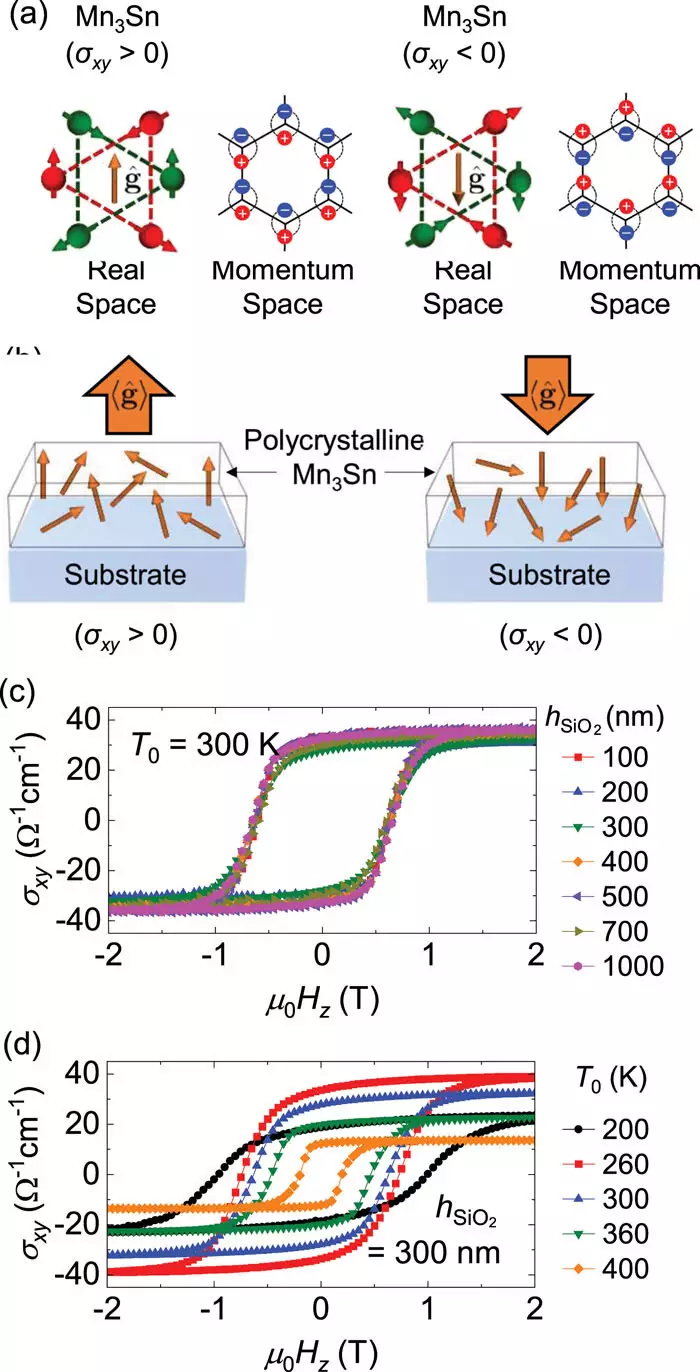Spintronics, an innovative field that merges the principles of magnetism and electronics, has become a crucial avenue for advancing computing technology. By harnessing the intrinsic property of electron spin, these devices promise rapid computational speeds coupled with significantly lower energy consumption compared to traditional electronic systems. However, a pressing issue remains: the impact of thermal effects on device performance, particularly as researchers are racing to identify materials that can optimize these devices’ operational capabilities.
Recent research from the University of Illinois Urbana-Champaign sheds light on a groundbreaking experimental technique designed to measure the heating effects that arise during the operation of spintronic devices. This study is pivotal as it establishes a platform for comparing thermal effects against electromagnetic influences—which is essential in determining how well these devices can function under practical conditions. Professor Axel Hoffmann, who spearheaded the research, emphasizes that a thorough comprehension of how magnetization can be altered by electric currents hinges on disentangling these two potential effects: those arising from the electric current itself and those caused by temperature fluctuations.
Heat generation in these devices often reaches levels that can interfere with the desired magnetic behavior. When current flows through spintronic materials, notably antiferromagnets—materials characterized by alternating magnetic orientations—thermal effects can obscure the underlying physical principles at play. This confusion complicates the optimization of device performance, necessitating a refined understanding of the contribution of thermal energy relative to electromagnetic forces.
Previously, efforts to accurately assess the role of heating in spintronic devices fell short due to the challenges associated with measuring thermal effects on small scales. Myoung-Woo Yoo and colleagues addressed this limitation with an innovative approach that utilized substrates of varying thermal conductivities to deduce the extent of heating in antiferromagnetic materials. Their findings provide a systematic method to observe and compare different materials’ responses to heating, thus opening new avenues for material selection in spintronic applications.
The methodology involves the placement of antiferromagnetic samples on silicon dioxide substrates with differing thicknesses. Thicker substrates, which naturally impede heat conduction, experienced greater temperature increases from the same electric current compared to thinner substrates. As Yoo explains, if heating plays a significant role in altering the spin structures of these materials, then variations in device temperature across different substrates would be evident.
The researchers found compelling evidence that heating significantly influences the antiferromagnet Mn3Sn’s behaviors, marking an important breakthrough in understanding how these materials can be optimized for spintronic applications. Notably, while this specific antiferromagnet demonstrated thermal effects, many others are being considered for potential use in future devices. This suggests that the implications of their findings could extend across a variety of spintronic materials, challenging the field to scrutinize the dual roles of current and temperature continuously.
This research not only lays the groundwork for better material selection but also proposes a clearer path for practical applications in spintronic technology. Given the push toward merging spintronic devices with conventional electronics, achieving swift operational speeds without sacrificing energy efficiency is crucial. Hoffmann’s optimism about “getting the best of both worlds” resonates here, as researchers work diligently to balance speed and energy conservation.
The implications of understanding thermal effects in spintronic devices extend beyond the laboratory. As industries continue to demand faster, more efficient computing technologies, the findings from this research could catalyze a wave of innovations. From memory storage solutions to advanced computing architectures, spintronic technology has the potential to disrupt traditional paradigms in computing.
However, ongoing challenges remain, particularly in ensuring long-term stability and performance under variable environmental conditions. The successful integration of spintronic materials into existing technologies will require collaborative efforts from interdisciplinary teams, ranging from materials scientists to electrical engineers.
As the quest to harness the power of spintronics accelerates, understanding the nuanced interactions between electric currents and thermal dynamics will be vital. The research conducted at the University of Illinois Urbana-Champaign not only propels the field forward but also sets a high standard for future investigations into spintronic devices, promising a smarter, more energy-efficient technological landscape.

